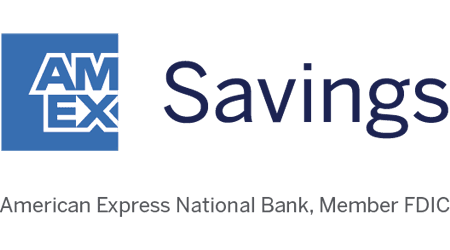Enjoy $0 monthly fees and a competitive APY with this online-only savings account. Accounts offered by American Express National Bank, Member FDIC.
| APY | 3.50% |
|---|---|
| Fee | $0 |
| Minimum deposit to open | $0 |
| New account fee | $0 |
| Minimum balance to earn interest | $0 |
| Interest compounding | Daily |

